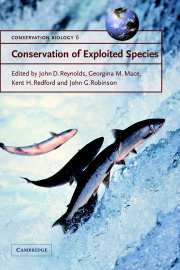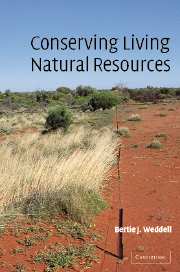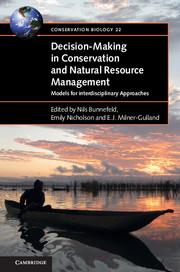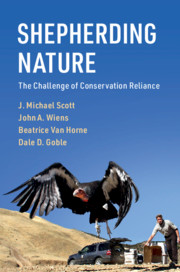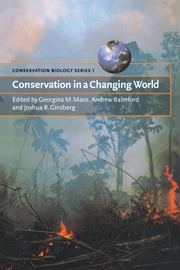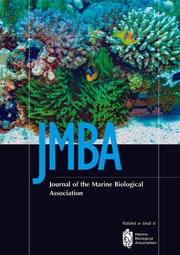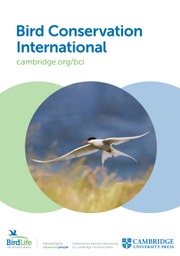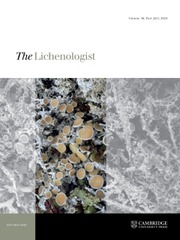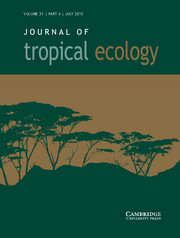Conservation of Exploited Species
Part of Conservation Biology
- Editors:
- John D. Reynolds, University of East Anglia
- Georgina M. Mace, Institute of Zoology, London
- Kent H. Redford, Wildlife Conservation Society, New York
- John G. Robinson, Wildlife Conservation Society, New York
- Date Published: October 2001
- availability: Available
- format: Paperback
- isbn: 9780521787338
Paperback
Other available formats:
Hardback
Looking for an inspection copy?
This title is not currently available on inspection
-
The use of wildlife for food and other human needs poses one of the greatest threats to the conservation of biodiversity. Wildlife exploitation is also critically important to many people from a variety of cultures for subsistence and commerce. This book brings together international experts to examine interactions between the biology of wildlife and the divergent goals of people involved in hunting, fishing, gathering and culling wildlife. Reviews of theory show how sustainable exploitation is tied to the study of population dynamics, with direct links to reproductive rates, life histories, behaviour and ecology. As such theory is rarely put into practice to achieve sustainable use and effective conservation, Conservation of Exploited Species explores the many reasons for this failure and considers remedies to tackle them, including scientific issues such as how to incorporate uncertainty into estimations, as well as social and political problems that stem from conflicting goals in exploitation.
Read more- Covers basic ecological principles to new theoretical advances
- Explores diverse viewpoints in a controversial subject
- Contains contributions from leading international experts and a foreword by Sir Robert May, President of The Royal Society and former Chief Scientific Advisor to the UK Government
Reviews & endorsements
'… this important volume will suggest where conservation needs to go from here.' Ian Powell, Biologist
See more reviews'… a very useful text which is well-written and stimulating.' British Ecological Society's Teaching Ecology Group Newsletter
'… anyone concerned with applied ecology and conservation will find this book of interest … should find a home on the shelf of any conservation biologist, and brings together valuable insights and fascinating case studies that will be useful in university courses on ecology, conservation and population dynamics.' Tony J. Pitcher, Environmental Conservation
'… an excellent resource, and will be a key reference in my own teaching.' TRENDS in Ecology and Evolution
Customer reviews
Not yet reviewed
Be the first to review
Review was not posted due to profanity
×Product details
- Date Published: October 2001
- format: Paperback
- isbn: 9780521787338
- length: 548 pages
- copublisher: The Zoological Society of London
- dimensions: 229 x 152 x 28 mm
- weight: 0.91kg
- contains: 68 b/w illus. 31 tables
- availability: Available
Table of Contents
List of contributors
Foreword Sir Robert May
Part I. Setting the Scene:
1. Exploitation as a conservation issue Georgina M. Mace and John D. Reynolds
2. Can we exploit sustainably? Donald Ludwig
Part II. Population-Based Approaches:
3. The gospel of maximum sustainable yield in fisheries management: birth, crucifixion and reincarnation André E. Punt and Anthony D. M. Smith
4. Sustainable exploitation of fluctuating populations Russell Lande, Bernt-Erik Sæther and Steinar Engen
5. The exploitation of spatially structured populations E. J. Milner-Gulland
6. The conservation of exploited species in an uncertain world: novel methods and the failure of traditional techniques Paul R. Wade
Part III. Taxonomic Comparisons:
7. Life histories of fishes and population responses to exploitation John D. Reynolds, Simon Jennings and Nicholas K. Dulvy
8. Mammalian life histories and responses of populations to exploitation Andy Purvis
9. Trade of live wild birds: potentials, principles, and practices of sustainable use Steven R. Beissinger
10. Game vertebrate extraction in African and Neotropical forests: an intercontinental comparison John E. Fa and Carlos A. Peres
11. Lessons from the plant kingdom for conservation of exploited species Charles M. Peters
Part IV. From Individuals to Communities:
12. The role of behaviour in studying sustainable exploitation William J. Sutherland and Jennifer A. Gill
13. The Allee effect: a barrier to recovery by exploited species Christopher W. Petersen and Don R. Levitan
14. Life histories and sustainable harvesting Hanna Kokko, Jan Lindström and Esa Ranta
15. Phenotypic and genetic changes due to selective exploitation Richard Law
16. An ecosystem perspective on conserving targeted and non-targeted species Michel J. Kaiser and Simon Jennings
17. The half-empty forest: sustainable use and the ecology of interactions Kent H. Redford and Peter Feinsinger
Part V. Conservation Meets Sustainable Use:
18. Sustainable use and pest control in conservation: kangaroos as a case study Gordon C. Grigg and Anthony R. Pople
19. Conservation and resource use in arctic ecosytems Anne Gunn
20. Conservation out of exploitation: a silk purse from a sow's ear? Jon Hutton and Barney Dickson
21. Getting the biology right in a political sort of way Steven Sanderson
Part VI. Final Thoughts:
22. Using 'sustainable use' approaches to conserve exploited populations John G. Robinson
Index.
Sorry, this resource is locked
Please register or sign in to request access. If you are having problems accessing these resources please email [email protected]
Register Sign in» Proceed
You are now leaving the Cambridge University Press website. Your eBook purchase and download will be completed by our partner www.ebooks.com. Please see the permission section of the www.ebooks.com catalogue page for details of the print & copy limits on our eBooks.
Continue ×Are you sure you want to delete your account?
This cannot be undone.
Thank you for your feedback which will help us improve our service.
If you requested a response, we will make sure to get back to you shortly.
×
